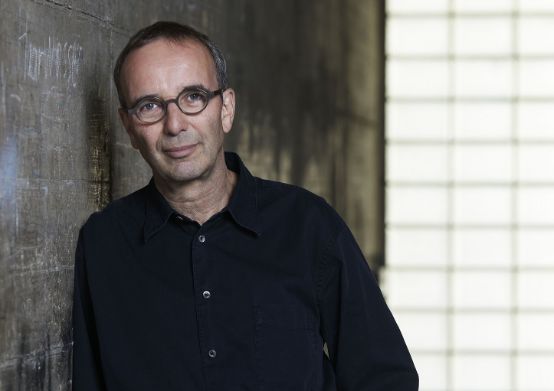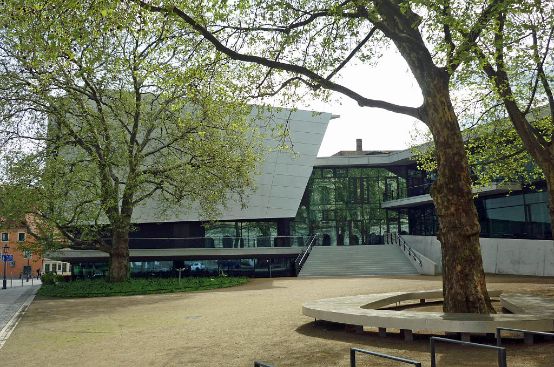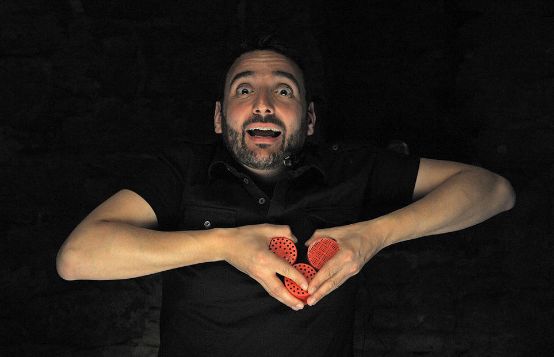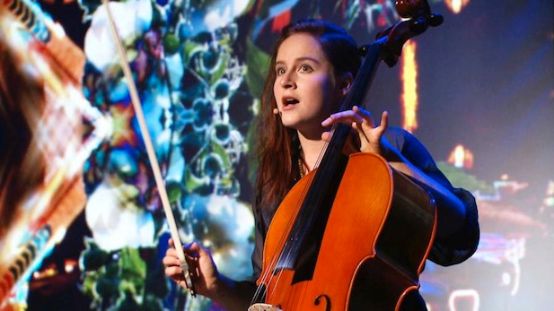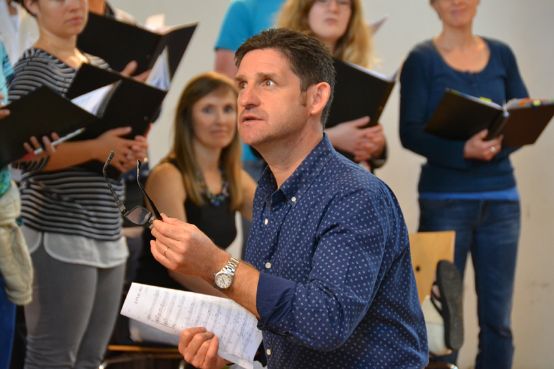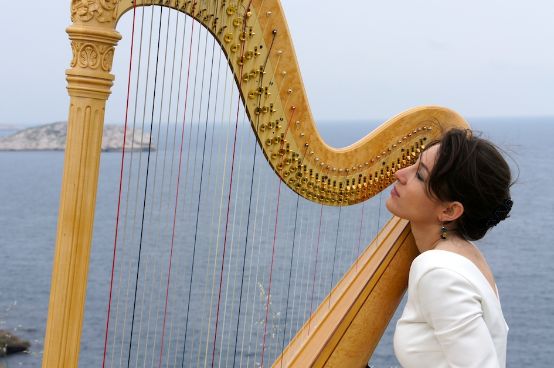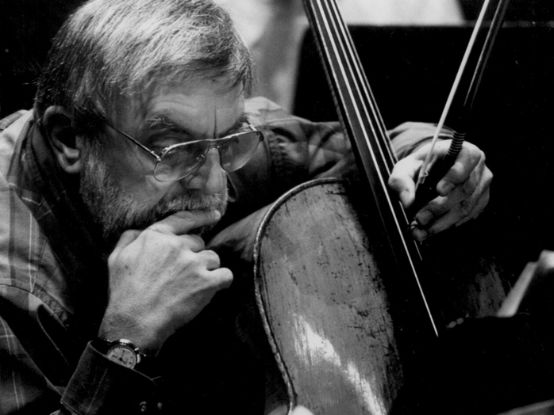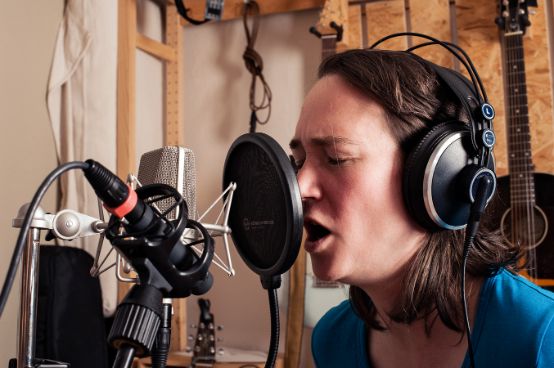Mary - tangible and enraptured
The Rheinau concerts resumed in the newly renovated monastery church with the world premiere of Ulrich Gasser's oratorio "Exvoto - ein Magnificat" in mid-June.

The panels are not immediately obvious. Visitors are initially overwhelmed by the baroque splendour of this church interior, which has been resplendent in the brightest colors since the renovation was completed. As you walk around, you will find it on a wall in the left aisle. It usually depicts St. Fintan, who lived as a monk in the Rheinau monastery in the 9th century, accompanied by texts such as this: "Mr. Conrad Götz von Reinach, officer in the French prince's army, fell over the mountain with his horse on 18 December 1793 near Volken-Bach; however, he and his horse were miraculously preserved unharmed by St. Fintan."
These votive tablets, with which believing Christians in earlier times gave thanks for salvation from an emergency situation, led to one of the three basic ideas from which the composer Ulrich Gasser, who lives in Rheinau, created his oratorio Exvoto - a Magnificat builds on. The second basic idea - as the title suggests - is based on Mary's hymn of praise. Gasser wrote his composition for the reopening of the renovated former Rheinau monastery church written. And this is dedicated to Mary, as you can easily see from the numerous depictions of Mary in the church interior. The third element is the rosary. This form of prayer, which has largely disappeared nowadays but is still practiced in Rheinau, is a kind of meditation that looks at the life of Christ from the perspective of his mother Mary. The fact that the Protestant Ulrich Gasser takes up such Catholic themes in his oratorio with veneration of the saints and the Virgin Mary may come as something of a surprise. The texts by Gasser's wife Eva Tobler, who enriches the traditional prayers here and there with updated paraphrases, provide a counterpoint from the perspective of the Reformation.
Sound period
The musical concept of the oratorio is also inextricably linked to the spatial conditions of the monastery church. The world premiere under the overall direction of Peter Siegwart demonstrated this aspect in an impressive way. Participants included the Vokalensemble Zürich conducted by Siegwart, the Bach Choir Konstanz (conductor: Claus G. Biegert), the Cäcilienchor Rheinau (conductor: Gesuè Barbera), the Brass-Band-Posaunenchor Marthalen (conductor: Daniel Jenzer) as well as a string trio, a horn, a glockenspiel, a harp and three organs. The large organ at the back of the gallery and the choir organ at the front not only set the scene, but also set themselves apart from the tempered wind instruments and choirs with their mid-range tuning. Sophisticated spatial effects were created in particular by the Vokalensemble Zürich, which could be heard alternately in front of the high altar, in front of the choir screen, in the nave, in the side galleries or in the organ loft. The string trio and individual musicians from the brass band also took up different positions. The spatial design clearly illustrated the different textual and formal parts of the oratorio.
In his work, Ulrich Gasser, as he himself says, spreads out a "period of sound" that the listener must fill in themselves. His music flows along at a leisurely pace, often repeats itself, has a static character, offers a flat tension curve and thus invites meditation. Again and again, beautiful major chords can be heard, reminiscent of the halo of Mary on one of the altarpieces. However, the familiar sounds are also contrasted with alienated ones, created by various "modes" such as pentatonics or twelve-tone rows. The melodious sound is also disturbed by the superimposed moods. In this way, Gasser's harmonies reflect precisely the double figure of Mary, which also appears in the texts of the work: she is both a tangible and yet infinitely remote apparition.







